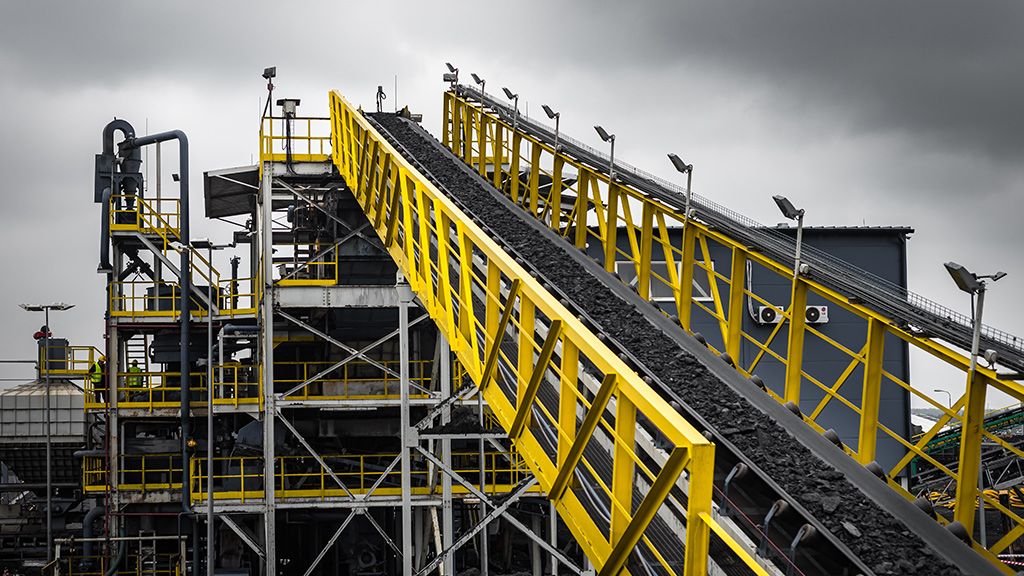By maximizing the lifespan of your industrial conveyor belts, you’ll help to maintain operational efficiency, reduce disruptions, improve productivity and reduce overall costs.
To extend the life of your conveyor belts, we suggest implementing a proactive maintenance strategy. Scheduled inspections, proper tensioning, thorough cleaning and prompt repairs prevent premature wear and tear. Choosing the right belt for each application and ensuring that it’s correctly installed also play a key role in optimizing conveyor belt life.

Implementing Regular Inspections and Maintenance
Visual checks can help identify minor issues like fraying edges, misalignment and abnormal wear before they turn into costly failures. Your maintenance schedule should also include thorough lubrication and timely part replacements.
The benefits of a proactive maintenance schedule:
- Extended conveyor belt lifespan by preventing premature wear
- Reduced costly repairs and unplanned downtime
- Improved overall system efficiency and reliability
- Lower total operational costs over time
Proactive maintenance also reduces lost material costs and increases safety for your plant personnel working on and around conveyor systems.
Proper Tensioning
Maintaining the correct belt tension is critical for maximizing conveyor belt service life and ensuring smooth operation. Over-tensioning can cause excessive strain, which can lead to premature wear, increased energy consumption and even potential damage to the belt, bearings and pulleys. On the other hand, under-tensioning may result in slippage, misalignment and inefficient material handling.
By checking and adjusting tension as required, you’ll keep the belt properly aligned and functioning at peak efficiency. You can use tension monitoring systems or conduct manual checks to ensure that the belt remains within manufacturer-recommended parameters.
Keeping Your Belt Clean
Regular cleaning is essential for extending a conveyor belt’s lifespan. It prevents the accumulation of dust, debris and contaminants that can cause friction and premature wear. A build-up of materials can lead to belt slippage, misalignment and added stress on system components, all of which can shorten a conveyor belt’s service life.
A consistent cleaning routine helps maintain smooth operation and prevents unnecessary strain on the belt. Use appropriate cleaning tools – such as scrapers, brushes and compressed air – to remove harmful particles without damaging the belt. A clean industrial conveyor belt runs more efficiently, reduces maintenance costs and minimizes the risk of unexpected failures.
Lubrication and Component Care
Proper lubrication can extend a conveyor belt’s lifespan by reducing friction between rollers, bearings and pulleys. Without adequate lubrication, those components can break down due to excessive wear, overheating and potential system failure.
Using the right type of lubricant on specific components minimizes buildup and contamination while improving overall performance.
Optimizing Installation and Alignment Techniques
Maximizing conveyor belt lifespan requires proper installation and alignment. Poor installation can lead to uneven wear and increased stress on the system’s components. Ensuring precise alignment and set-up from the start can reduce maintenance issues and enhance efficiency.
Best practices for initial installation:
- Ensure the conveyor frame is level and square
- Align pulleys and rollers to prevent belt tracking issues
- Set correct belt tension according to the manufacturer’s specifications
- Use high-quality fasteners and splicing techniques
- Test run the system and make any necessary adjustments before full operation
Embrace Proactive Maintenance for Extended Belt Life
A proactive maintenance approach is the key to long-term efficiency. Regular inspections, proper tensioning, cleaning and lubrication can help prevent costly failures and unexpected downtime.
Partnering with the experts at Binkelman for assessments and employee training can further enhance your conveyor belt’s service life.